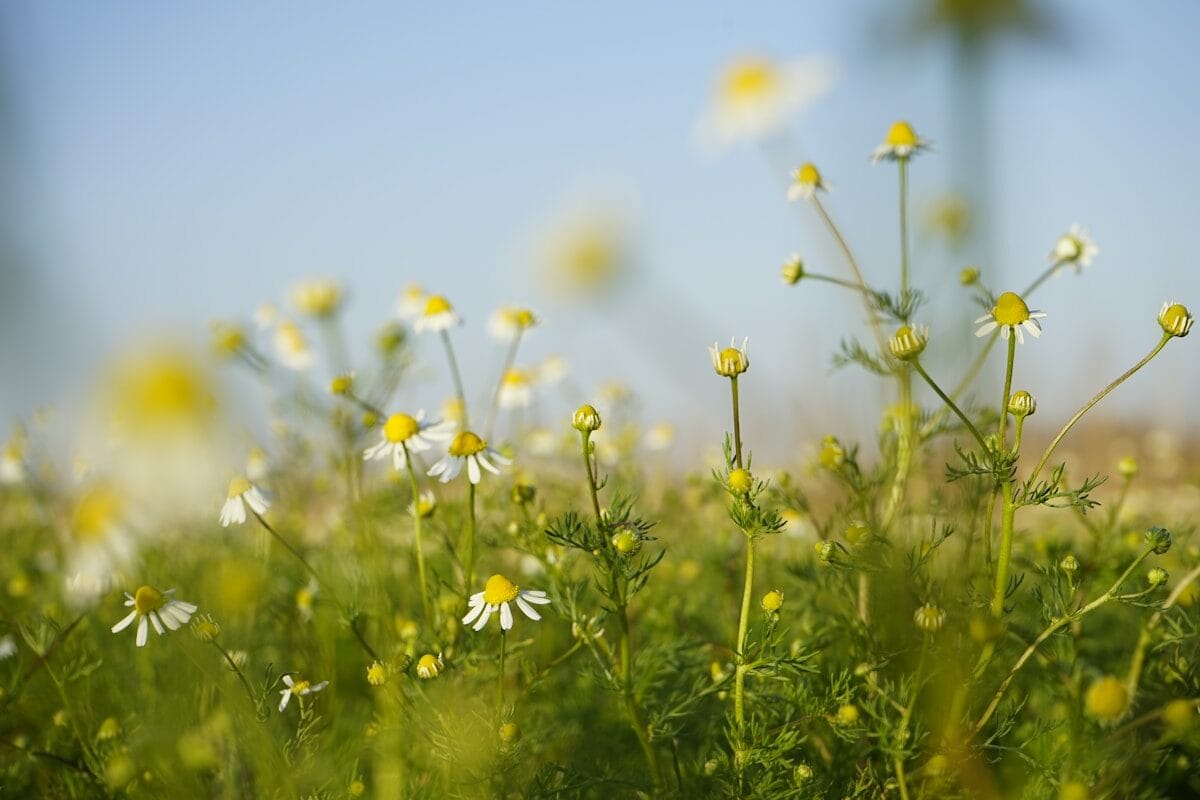DIY Skincare Boom Signals Shift to Ingredient Transparency and Personalised Self-Care
DIY skincare revolutionising beauty industry with natural, chemical-free ingredients. Self-care merges with education & sustainability for transparent beauty future.

In 2025, the beauty world is experiencing a quiet revolution: more women are reaching into their kitchens and cupboards, not just their wallets, to care for their skin. From Stockholm to London, consumers’ growing curiosity about DIY skincare ingredients is prompting a surge of interest in homemade, chemical-free remedies. This movement is more about a genuine desire to understand precisely what we’re putting on our bodies, as ingredient transparency becomes a mainstay of self-care routines.
Driven by a frustration with synthetic additives and inscrutable labels, today’s skincare creators are embracing a spectrum of natural ingredients, from essential oils and nutrient-rich plant extracts to mineral clays and vibrant botanical pigments. The search for chemical-free, customisable beauty is dovetailing with wider industry shifts: the global natural skin care products market is expected to reach $36.32 billion by 2029, growing at a brisk 12% CAGR . At the heart of this evolution is a deceptively simple idea – self-care should be transparent, nurturing, and fun.
Consumers Demand Ingredient Control and DIY Confidence
While luxury skincare used to mean glossy packaging and cryptic ingredient lists, the most meaningful beauty rituals of 2025 are taking root in homemade solutions. According to recent industry analysis, ‘less is more’ reigns supreme, with skin minimalism encouraging consumers to ditch complex routines in favour of clean, effective, and natural products (Beauty Independent). ‘Many people appreciate the feeling of creating something themselves – mixing, smelling, experimenting. It’s both creative and nurturing on many levels. And for us, it’s obvious that it should be done with ingredients you can trust 100%,’ the Greenbalance team explains.
Searches for ‘skincare ingredients checker’ and ‘natural skin care homemade’ have spiked, reflecting heightened vigilance around product safety and an eagerness to experiment with new formulations. The demand isn’t only for ingredients; people also want recipe guides, practical accessories, and expert advice to support their foray into personal formulations. It’s this passion for full transparency and hands-on engagement that’s changing the face of the industry. As Dr Fiona Barker notes, ‘DIY skincare offers transparency – something the industry sorely lacks’.
DIY and Clean Beauty Go Mainstream
Natural ingredients account for a growing share of new product launches, outpacing their synthetic counterparts and inspiring established companies and emerging brands alike to reformulate with fewer, purer components. From sustainable oils and upcycled plant extracts to simple butters and clays, the focus is on safe, ethical, and accessible building blocks for healthy skin. The expansion of firms like Sweden’s Greenbalance – which has just added over 200 new natural ingredients to its offering for DIY skincare, soap, and cosmetics – mirrors a wholesale shift in the sector.
‘We see that more and more people want to know exactly what’s in their products – and preferably make them themselves. That’s why we want to offer a range that is both broad and uncompromisingly pure,’ Greenbalance explains. Their approach constitutes a broader trend: companies now offer not just ingredients, but comprehensive support, including how-to guides and community-driven inspiration for everyone from beginners to advanced formulators. The DIY beauty movement is buoyed further by a societal push for ingredient transparency, wellness-driven routines, and mindful consumption choices, as highlighted by the growing appeal of ‘natural skin care homemade’ and ‘DIY skincare products’ in popular searches.
Competitor Activity and the Role of Crafting Communities
The natural cosmetics ingredient market, projected to grow to $1,095 million by 2030 , is seeing competitors innovate through sustainability initiatives and transparency in sourcing. The UK, for instance, boasts one of the highest numbers of SMEs focused on niche and natural formulations, each pursuing certifications such as COSMOS and Fairtrade to meet ethical expectations. Meanwhile, communities of DIY enthusiasts are flourishing online, exchanging recipes and results, and nudging brands to listen and adapt to their needs.
The Bigger Picture: A Future Rooted in Transparency and Choice
The movement towards DIY skincare is about more than hobbyist creativity; it is about reclaiming agency, fostering well-being, and nurturing trust. With industry growth forecasts echoing a preference for clean, sustainable formulations, it’s clear that home formulators are influencing ingredient suppliers and major brands alike. The growing knowledge base – packed with clear guides and skin-friendly recipes – is empowering a new generation of beauty enthusiasts to take charge of what goes onto their skin, and into their lives.
As companies compete on purity, sustainability, and education, the future of skincare looks to be one where knowledge is democratised and self-expression is celebrated. The freedom to know – and choose – is, after all, the ultimate luxury in skincare. If you’ve ever wondered precisely what’s in your moisturiser or fancied whipping up a skin-soothing face oil, now might well be the perfect time to explore the world of natural, personalised beauty routines.




